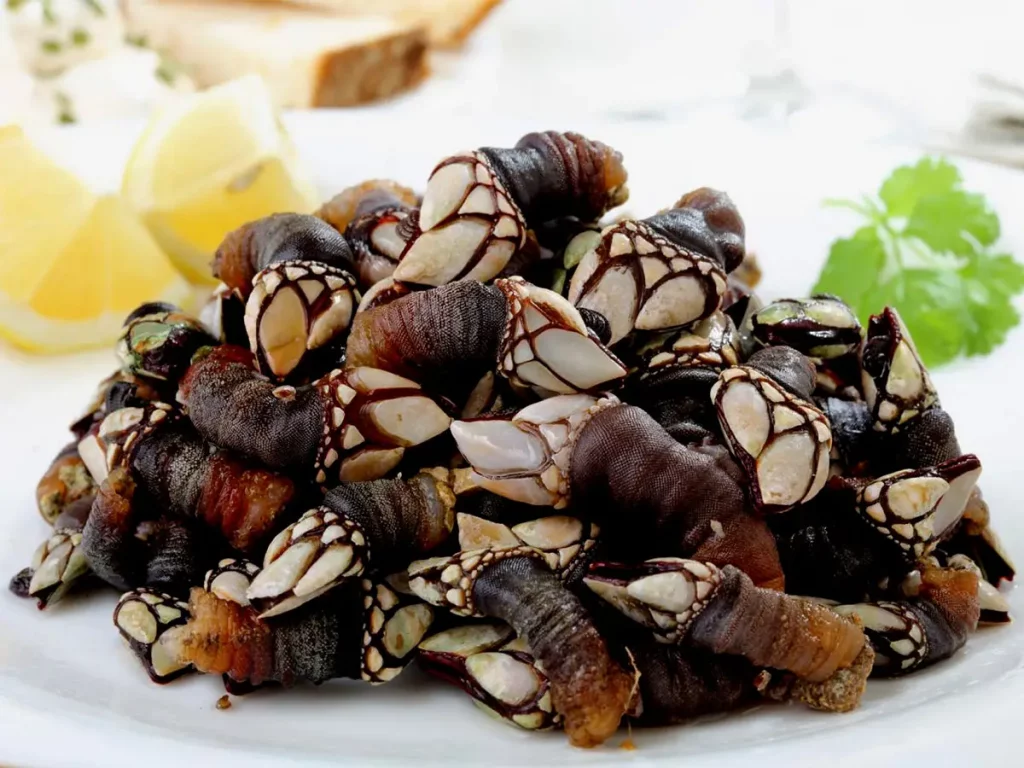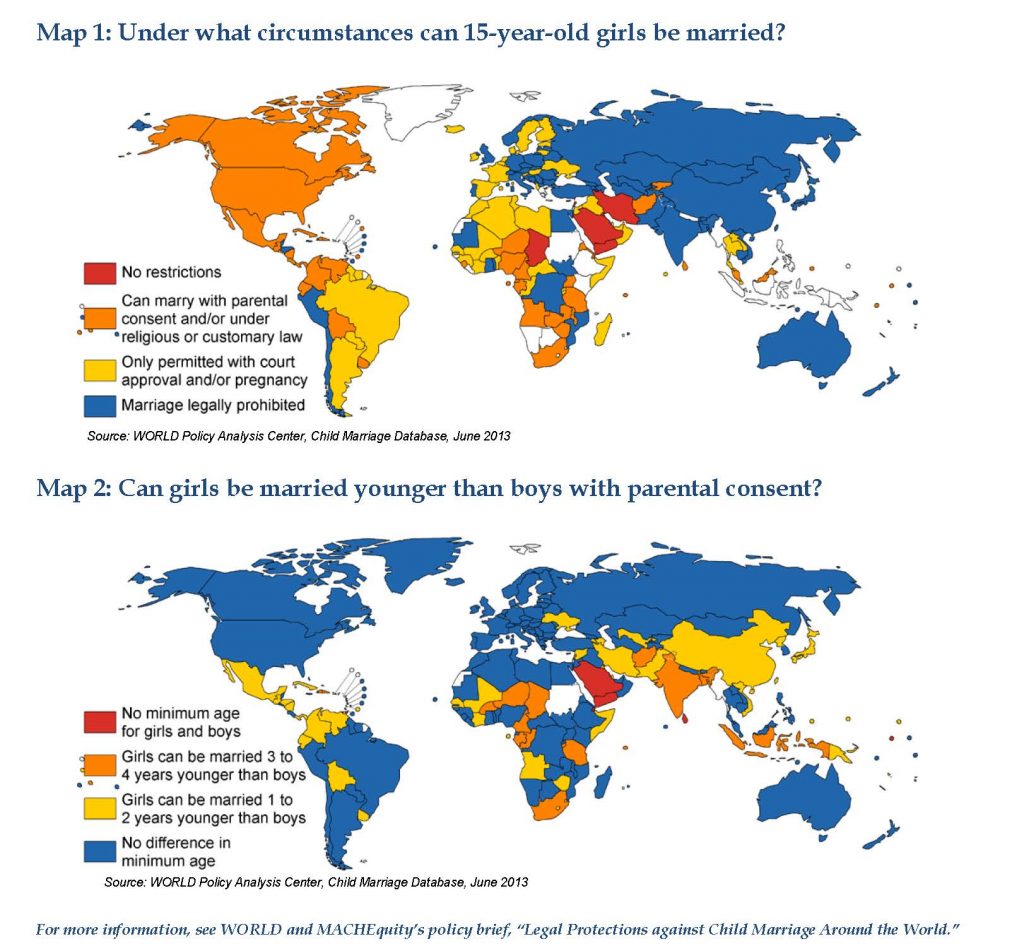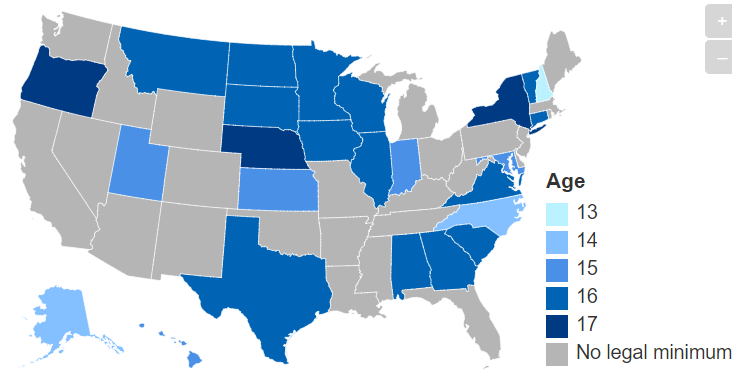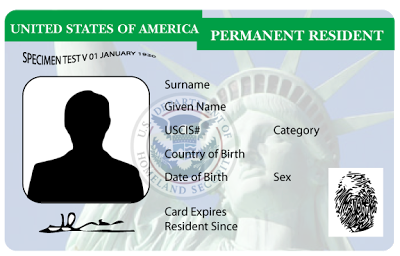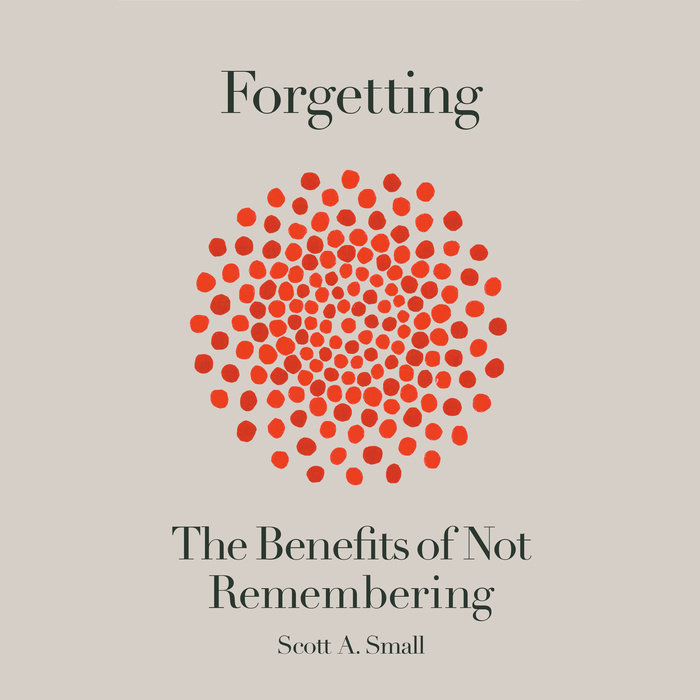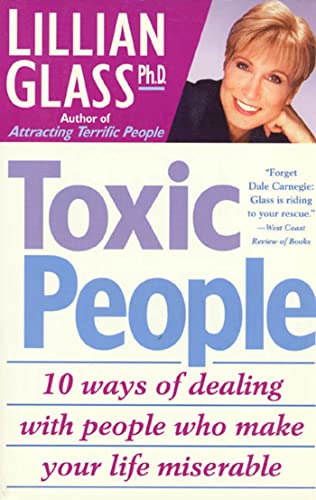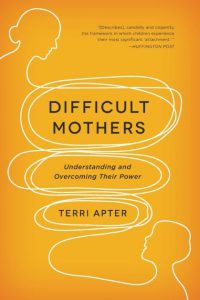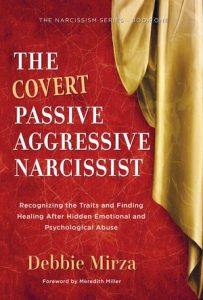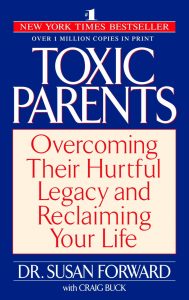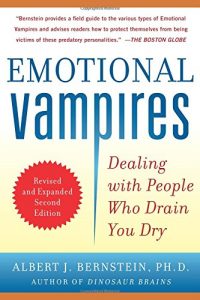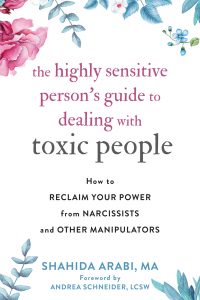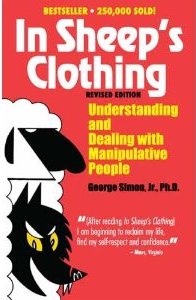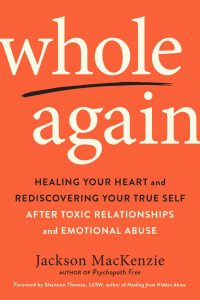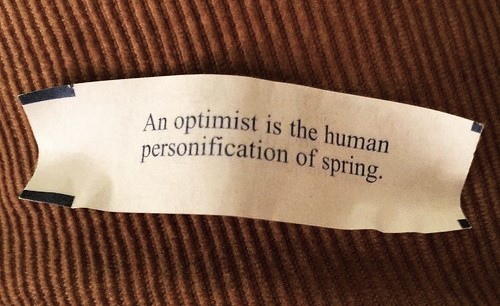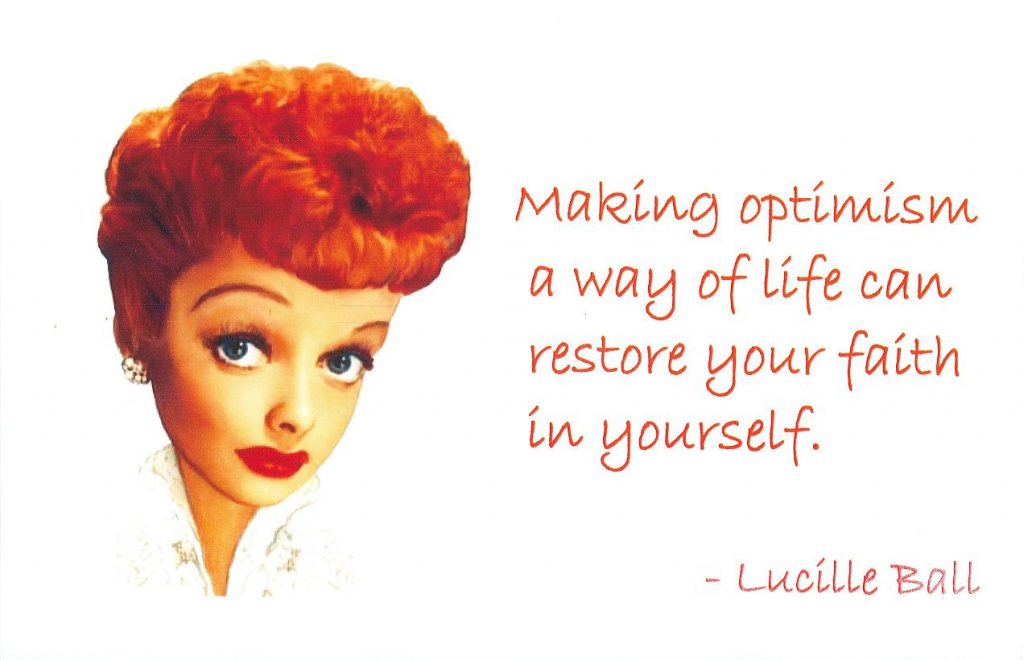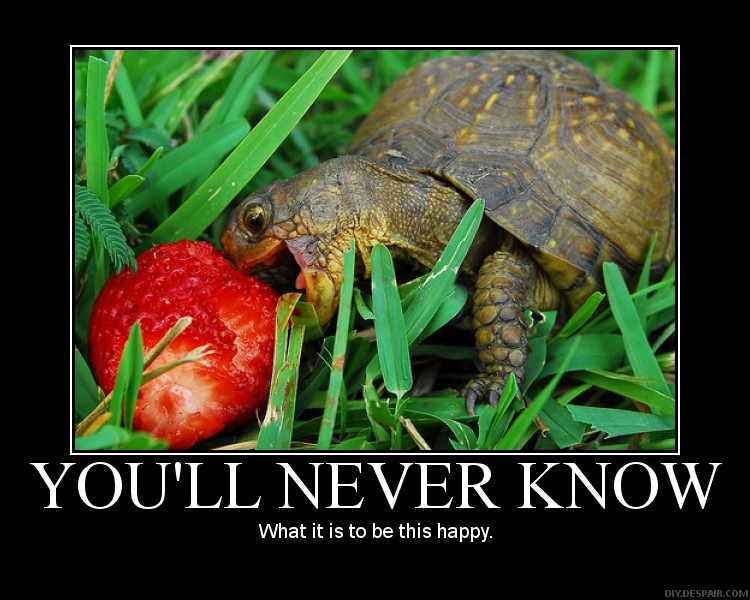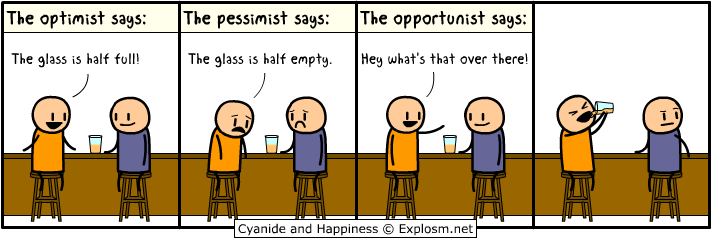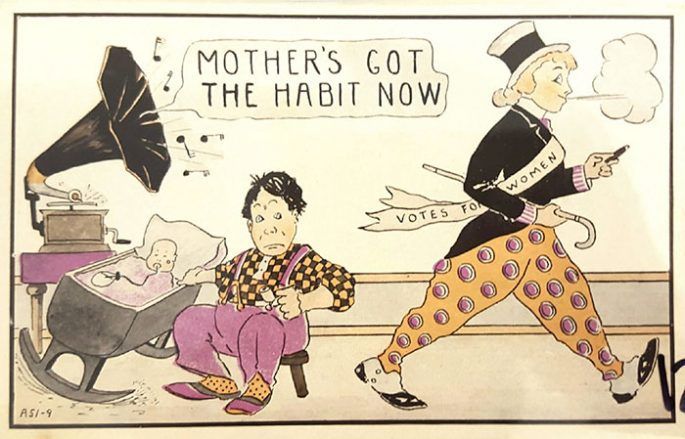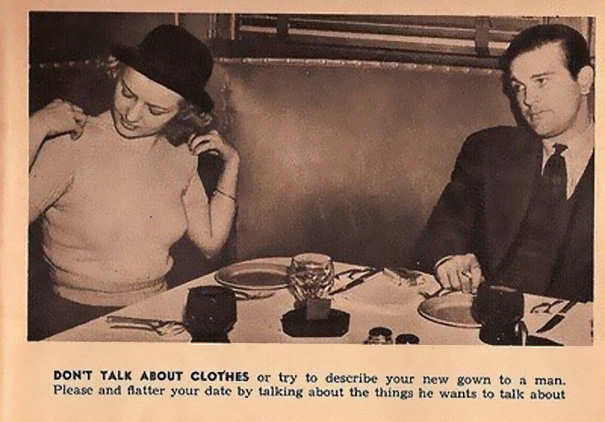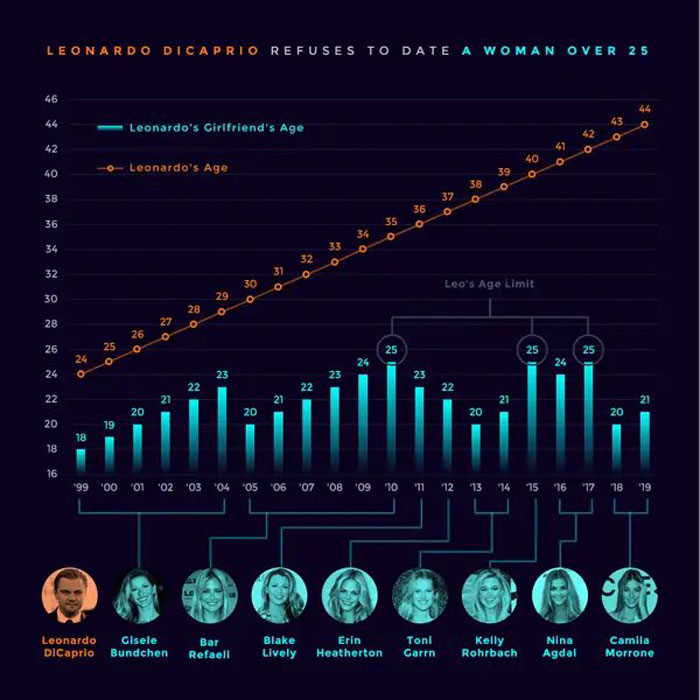Last night, I got sucked into the black hole of solitaire. As I drifted toward sleep, “Playin’ solitaire ’til dawn with a deck of 51” (from “Flowers on the Wall,” a Statler Brother hit from 1966) woke me right up. The five lines of the refrain played over and over until I finally slept and returned—off and on—throughout the next day. Eventually I looked up the full lyrics.
And that, folks, is a classic example of an earworm.
FYI, the English word “earworm” has its roots both in German (öhrwurm) and in the common name for a type of agricultural pest (also called an earwig). Until the 1950s, the German öhrwurm also referred to the actual insect. Stephen King may have been responsible for popularizing the use of “earworm” to mean a song stuck in one’s brain.
Happily for my personal peace of mind, neither earwigs nor earworms actually crawl into human ears.
Understanding Earworms
Research indicates that brain scans showed more slow oscillations during sleep in the people who reported getting an earworm – a sign of memory reactivation. The brain region involved, the primary audio cortex, is also linked to earworm processing when people are awake.

Recurring tunes that involuntarily show up and stick in your mind are common: up to 98% of the Western population has experienced them. Usually, stuck songs are catchy tunes, popping up spontaneously or triggered by emotions, associations, or by hearing the melody.
The Problem With Earworms

In most cases, earworms are neutral to pleasant rather than serious, and may even be part of your brain’s creative process. One that continues for more than 24 hours may indicate something more serious.
People who catch an earworm often have greater difficulty falling asleep, have more nighttime awakenings, and spend more time in light stages of sleep.
Earworms can reach a clinical level of severity, being recurring, distressing, unwanted, and intrusive, at which point they likely give rise to compulsive behavior, qualifying for classification as musical obsessions (a.k.a. “stuck song syndrome“).
Earworms are common symptoms of anxiety and of chronic stress.
Earworms, although usually harmless (and classified as pseudohallucinations), do overlap phenomenologically with musical hallucinations. Like auditory hallucinations in general, musical hallucinations can be symptoms of psychopathological conditions.
Like many things, music can have both positive and negative emotional effects, often related to personal connections or memories. If a song conjures up negative emotions, having that song become an earworm can be more than simply annoying.
Who Gets Earworms?
Some people are more prone to earworms. Those with obsessive-compulsive disorder or who have obsessive thinking styles may experience this phenomenon more often.
According to clinical observation, as individuals move deeper into a depression, they are more likely to experience such symptoms as obsessive thoughts, preoccupations, and … earworms. Also, people with bipolar disorder may be more likely to develop earworms as a symptom of hypomania.
Musicians also frequently get earworms, particularly while learning tricky bits of a new song.
Men and women have earworms equally, although women tend to stay with the song longer and find it more irritating.
Which Songs Become Earworms
Earworms usually have a fast-paced tempo and an easy-to-remember melody. A song with a common global melodic contour (a melody similar to those in Western pop music) will more likely become an earworm. The most common earworms tend to have unusual intervals or repetitions that make them stand out from other songs.
In 2016, the American Psychological Association published the results of a survey on the most common songs that get stuck in people’s heads.
- “Bad Romance” by Lady Gaga
- “Can’t Get You Out Of My Head” by Kylie Minogue
- “Don’t Stop Believing” by Journey
- “Somebody That I Used To Know” by Gotye
- “Moves Like Jagger” by Maroon 5
- “California Gurls” by Katy Perry
- “Bohemian Rhapsody” by Queen
- “Alejandro” by Lady Gaga
- “Poker Face” by Lady Gaga
Ways to Get Rid of Earworms
If your earworm becomes too annoying, you may be able to do something about it.
- Listen to the entire song. Listening carefully or singing along to the entire track could help dislodge the stuck bit of the song. Earworms tend to be small fragments of music that repeat over and over, often just the refrain or chorus).
- Listen to a “cure tune.” Pick a different song to focus on. Even if the new song then becomes an earworm in turn, it will hopefully be an earworm you actually enjoy.
- Distract yourself with something else. Focusing on a word puzzle or a number puzzle can force your brain to stop attempting to mimic a broken jukebox.
- The drug vortioxetine, which may help boost serotonin the brain, has shown some promise in reducing serious cases of earworms.
- Reducing anxiety and stress can cause the cessation of earworms.
- Chew gum—seriously!
Alternatively, you could just leave it alone.
Bottom Line: Having an earworm doesn’t make you weird, and it’s probably just a transient irritation. But if it is accompanied by other symptoms mentioned above, get it checked out.
















